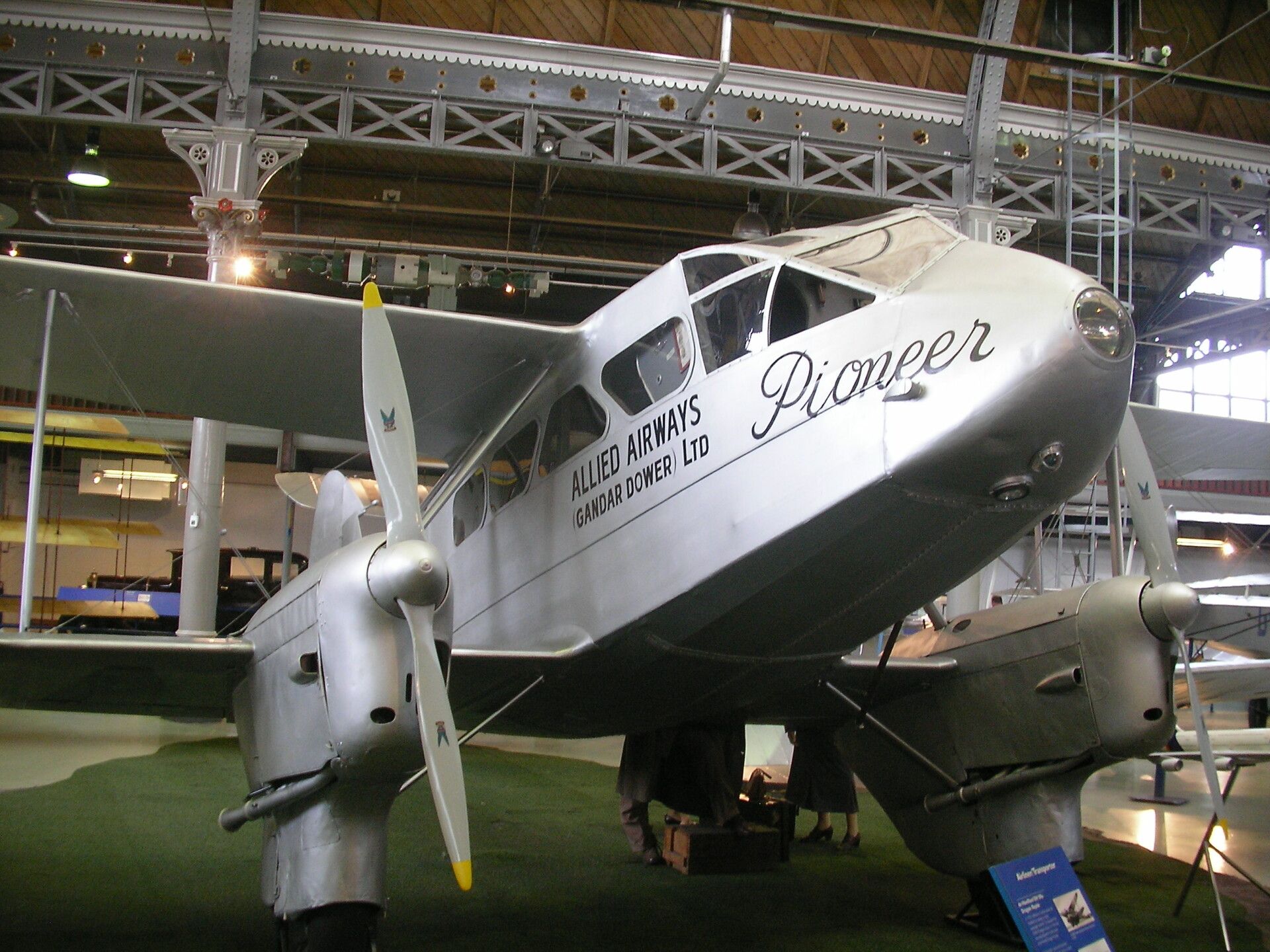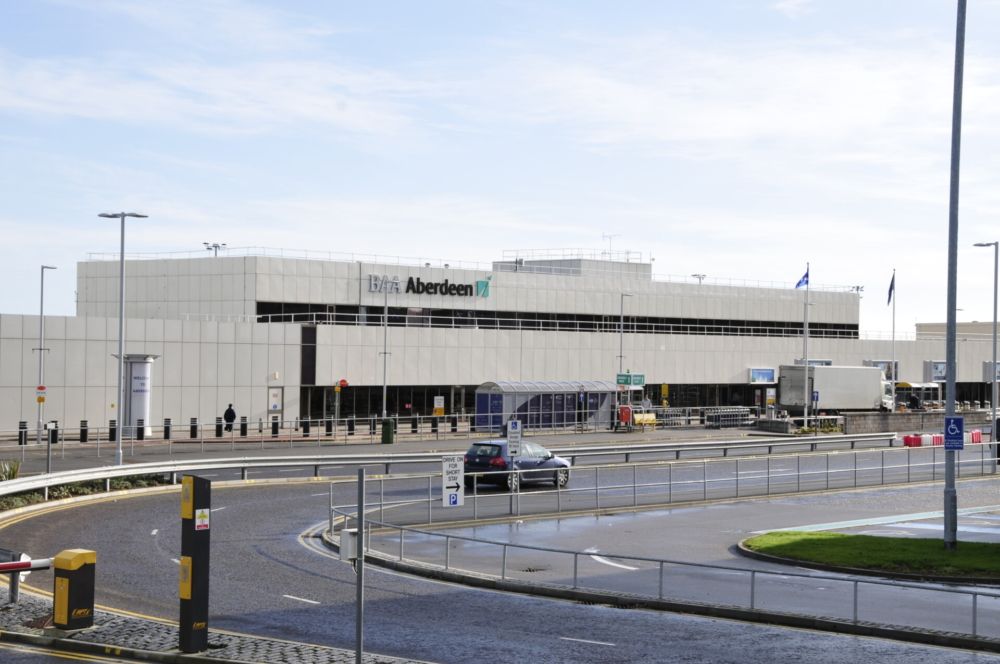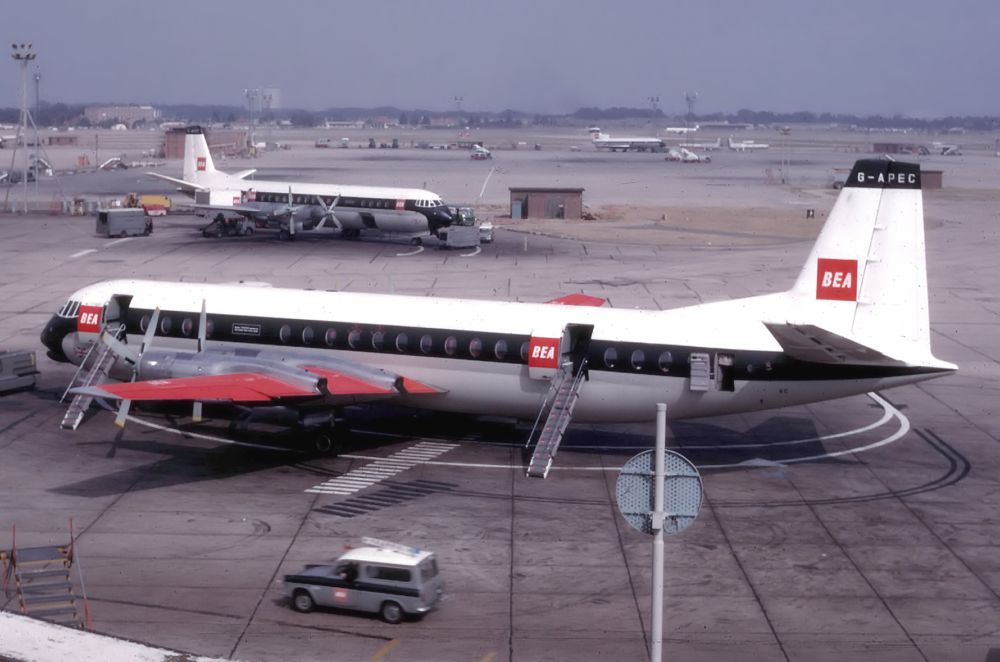Founded 88 years ago today near the city of Aberdeen in Scotland, Aberdeen Airways and its predecessor Allied Airways would help set the stage for today's British Airways. During the early 1930s, Eric Gandar Dower established the Aberdeen Flying school in the village of Dyce, 5.5 miles (8.8 kilometers) from the city of Aberdeen.
In 1934 Gander Dower purchased a De Havilland DH.84 Dragon intending to start an air service from Aberdeen, which he would call Aberdeen Airways. Unfortunately for Dower, the aircraft crashed three weeks after being delivered, and he had to sink more money into the company, this time purchasing a twin-engine Short Scion capable of carrying up to six passengers.
Aberdeen Airways had to compete with the railway
The first route for the airline was Aberdeen to Glasgow, but after failing to enough business to make it viable was abandoned after only six weeks. A new route was formulated from Aberdeen to the Scottish capital Edinburgh. Once more, the route proved to be a failure as it could not compete with an inexpensive railway ticket that allowed Aberdeeners to connect on to Manchester and London effortlessly.
Having given up on the Scottish mainland, Dower turned his attention to the Orkney and Shetland Isles. Now, rather than competing with an efficient rail service, the only competition would be slow ferries. Before starting Aberdeen Airways, Gander Dower had an agreement with Inverness-based Highland Airways in which Highland would serve the Scottish Isles while Aberdeen flew mainland routes to the south. Disillusioned with how the mainland routes were working out, Gandar Dower abandoned them in favor of flights to Stromness in the Orkney Islands.
Following the Aberdeen to Stromness route, a new route between Thurso and Stromness was established on 11 June 1935. On the new route, the aircraft would land at Berridale near St Margaret's Hope on South Ronaldsay and, later, at Longhope on the island of Hoy. In 1936 following the opening of a new radio station in Kirkwall, Aberdeen Airways started a new route linking Aberdeen with Sumburgh in the Shetlands in June 1936.
Aberdeen Airways became Allied Airways
In February 1937, Gandar Dower changed the name of his company to Allied Airways to give the company a more international image. Furthermore, Gandar Dower wanted to separate the aviation company from his other companies as he attempted to start a mail service between Scotland and Norway.
During World War II, all flights between the mainland and the Orkney Islands were initially suspended but later operated again using camouflaged aircraft. Along with the now merged highland Airways operating as Scottish Airways, Allied Airlines was kept extremely busy for the rest of the war. Allied Airlines used its aircraft to carry military personal and acted as an air ambulance for merchant seaman torpedoed by German U-boats.
Stay informed: Sign up for our daily and weekly aviation news digests.
Allied Airways becomes a part of BEA
There was a massive demand for social reform following the war, with Clement Attlee's Labour government promising to rebuild society by abolishing extreme wealth and poverty. Besides starting the National Health Service, Attlee's government set about nationalizing major industries for the good of the many and not the few.
Among the nationalized companies were private airlines with small operators being absorbed into short and medium-haul airline British European Airways (BEA). BEA would eventually merge with BOAC upon the creation of British Airways in the 1970s. Being a staunch Conservative, Gandar Dower fought long and hard for compensation before receiving £132,530 from BEA on 30 May 1973.



